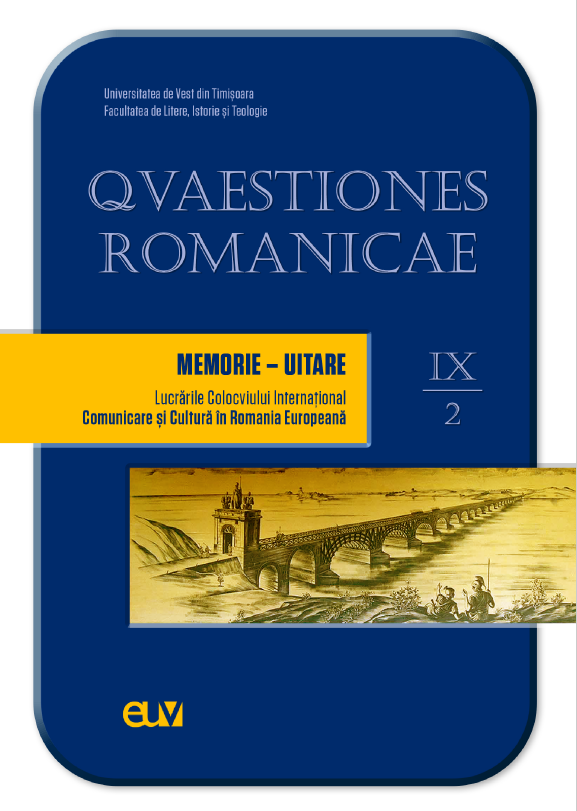“Pò èsse piuma e ppò èsse fèro”: la voce di Roma nel parlato mediatico e negli scritti dei poeti dell’Otto-Novecento
“Pò èsse piuma e ppò èsse fèro”: The voice of Rome in the media and in the dialectal poetry of the XXth c.
Author(s): Antonio RomanoSubject(s): Phonetics / Phonology, Historical Linguistics, Comparative Linguistics
Published by: Universitatea de Vest din Timişoara
Keywords: written and spoken languages; phonetics and written form of the Rome dialect; dialectal poetry; dialect use in the media;
Summary/Abstract: The linguistic norms of the Italo-Romance dialect and the local variety of the Italian language spoken in Rome have been discussed in several important monographs. Nevertheless they recently found new contributions in the research carried out by young scholars who studied the historical and geographic relationship between the different linguistic communities settled in this microcosm where all the paths are usually said to converge from everywhere. As well known, the local dialect – the romanesco – belongs to central Italo-romance dialects, and it is well distinct from other dialects of the Latium because of the historical influence of Tuscan, and especially the Florence language, that caused its separation from more southern dialects in XV c. CE. It is undeniable that the present-day Roman society – which attracted and assimilated people form other regions during the last centuries – is still composed by a majority of speakers who inherited the traditional language. Citizens from different origins developed it with a relative continuity, by just introducing a few new elements that were adapted to the main linguistic frame at various levels. The lack of an abrupt boundary in terms of phonotactic and morphosyntactic properties between the romanesco and Italian let the local language easily enlarge its lexis and idioms. More than in other Italo-romance languages, this quality gives it an extraordinary variability in stylistic registers which are available to listeners of other regions, without limiting its very expressive characters to its uses by speakers of the working class. Being aware that the city voice may be heard either as a feather or as a weapon, I propose to explore in this talk a selection of samples spanning from the speech style which sometimes appears in AV products, such as cartoons and TV series, to the more typical language of the historical Roman comedians and even to some literary instances in the dialectal poetry. The novelty of this contribution is the reference to real utterances where this expressiveness emerges by allowing the chamaeleon-like attitudes of this language to be acknowledged from a direct listening
Journal: Quaestiones Romanicae
- Issue Year: IX/2022
- Issue No: 2
- Page Range: 308-323
- Page Count: 16
- Language: Italian

